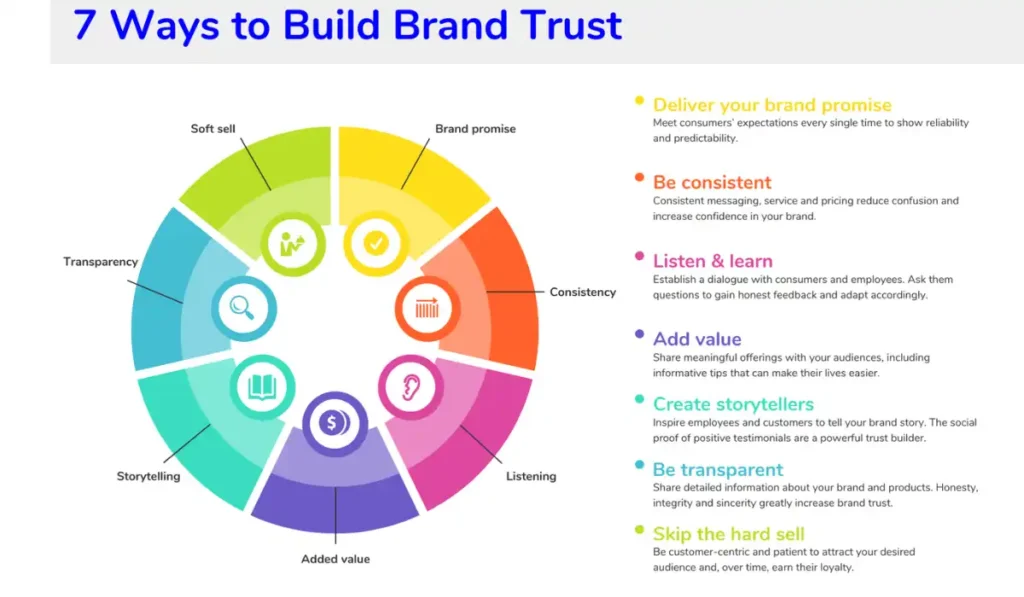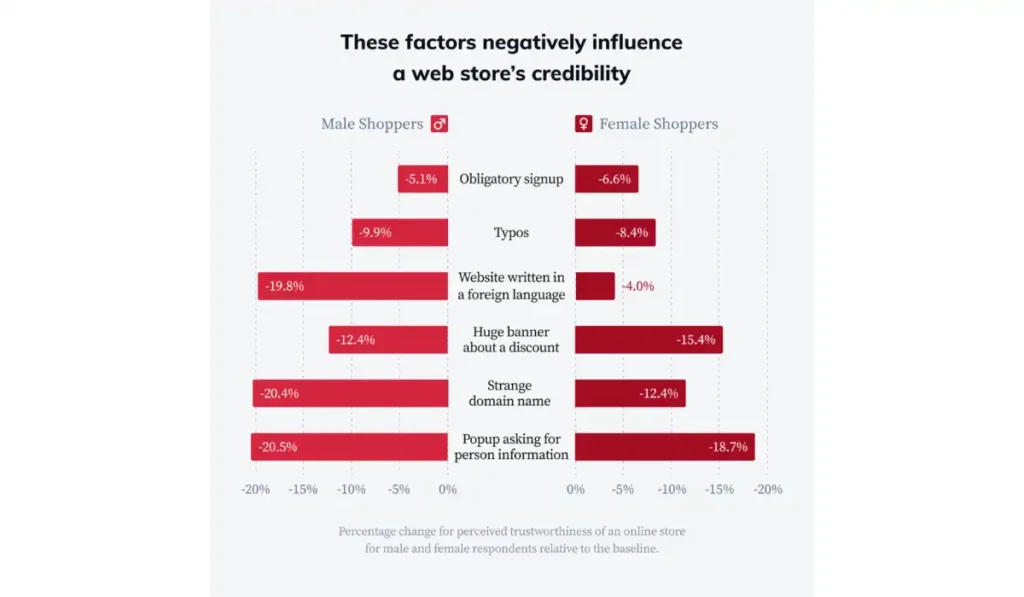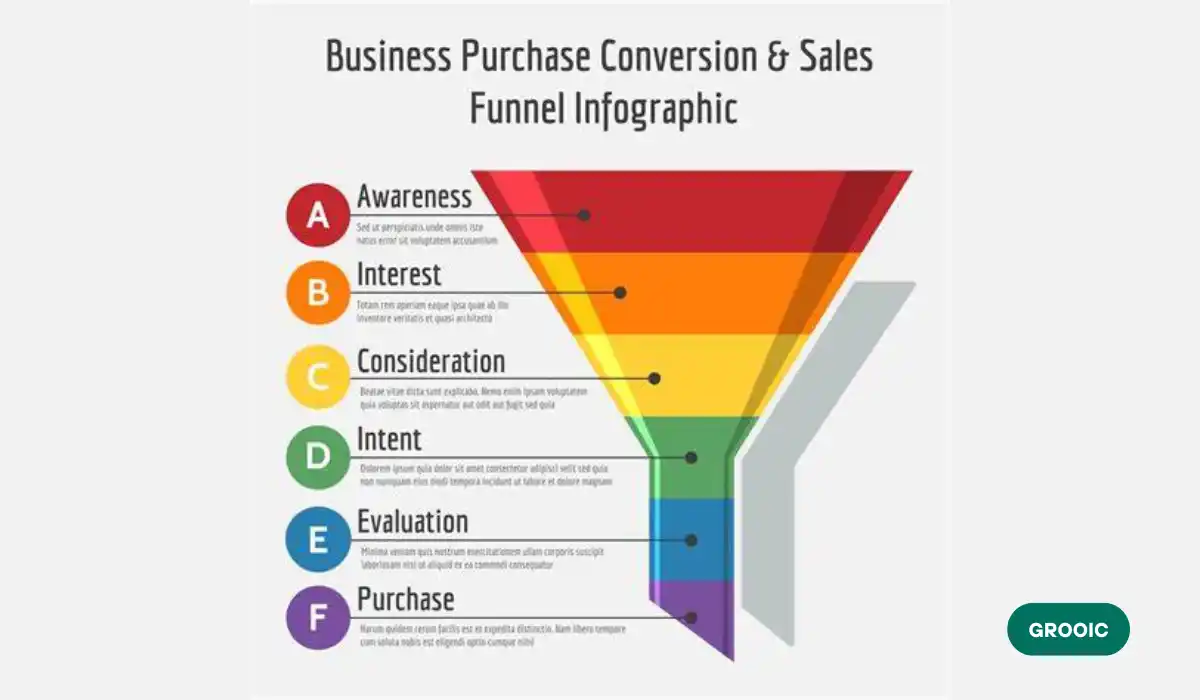Are you learning how to build trust in e-commerce and boost conversions and sales?
Establishing trust is hard to gain, but this helps to become successful in online business. Learn how to implement strategies like,
- Secure transactions,
- Transparent policies and
- Excellent customer service to your customers.
Table of Contents
Establishing trust in e-commerce
Trust in e-commerce is important for the success of online businesses. In a digital world where face-to-face is not there, trust e-commerce influencing customer decisions is getting so popular.
Building online trust has several strategies to reassure customers and encourage them to engage and purchase from your site. In this context, we will help you to establish trust in ecommerce.
What is Trust in E-Commerce?
Trust in e-commerce refers to the confidence that customers place in an online business to handle their transactions securely and professionally. This trust is built through,
- Transparent practices,
- Reliable security measures and
- Consistent customer service.
Without trust, customers are unlikely to share their personal information or make purchases.
E-commerce trust is fundamental in overcoming the barriers of online shopping. Customers need to feel assured that,
- Their data is secure,
- Their transactions are processed accurately and
- Their concerns will be addressed properly.
Key Components of Building Trust in Online Business

Website Security
Ensuring that your website is secure is key to building trust in online business. Use HTTPS encryption to protect user data and display security badges from trusted organizations. This reassures customers that their information is safe from potential threats.
Transparent Policies
It is important to clearly state your privacy, your return and refund policy and your terms of service. Rendering transparency creates trust and enables clients to know their rights and the procedures in case of any problem.
Professional Design and Content Symbols
Professional Design and Content Symbols of culture, professionalism, and high value are properties of professionally designed websites and content.
Avoid jumbled designs on the website and strive to make the site user-friendly. Fill any relevant spaces with professional images and uncomplicated, captivating words to improve your credibility.
Customer Service Expand
The number of available customer support channels. Provide email, chat, and phone support. Timely and appropriate responses to inquiries or complaints can build a lot of customer trust and loyalty.
Social Proof
Add reviews, ratings, and testimonials from real customers. Such feedback is one of the most convincing arguments and influences potential customers of your business.
Case Studies
Share detailed case studies showcasing how your products or services have benefitted other customers. This adds credibility and demonstrates the real-world impact of your offerings.
Maximizing conversions requires optimizing user experience, targeting the right audience, and delivering compelling offers that drive action.
Examples of E-Commerce Trust Issues
Data Breaches
High-profile data breaches, such as the 2017 Equifax hack, highlight the importance of security measures. This can lead to significant loss of trust and damage to your reputation. Ensuring strong encryption and regular security audits can help protect against such breaches.
Fraudulent Activities
Scams and fraudulent websites can create issues in trust for e-commerce.
For example, fraudulent sites that mimic legitimate ones can trick users into providing personal information. Regularly monitoring and reporting fraudulent activities can protect your customers and maintain trust.
Tactics to Turn Trust into a Brand
- Consistency: Maintain consistent branding across all platforms. Consistent visuals and messaging reinforce your brand’s identity and reliability.
- Engagement: Engage with your audience through social media, email newsletters, and blog content. Regular, valuable interactions keep your brand top-of-mind and build trust.
- Quality assurance: Ensure that your products and services meet high standards. Consistent quality reinforces your brand’s reliability and builds long-term trust.
- Customer-centric approach: Focus on the customer experience. Personalise interactions and tailor your services to meet individual needs, which strengthens brand loyalty.
A landing page is a focused web page designed to convert visitors into leads or customers by encouraging specific actions like signing up or making a purchase.

Case Study: Amazon’s Approach to E-Commerce Trust
Amazon is a prime example of establishing trust in e-commerce. The company uses security measures, including HTTPS and secure payment gateways.
Their transparent return policy and customer service options further improve online trust. Amazon’s use of customer reviews and ratings also provides social proof, reinforcing its credibility.
Analytical Data on E-Commerce Trust
- Data Breaches: 60% of small businesses close within six months of a data breach due to lost trust and financial damage.
- Customer Service Impact: 79% of consumers say they are more likely to trust a company that responds promptly to inquiries.
- Social Proof: 92% of consumers trust reviews as much as personal recommendations.
- Security Measures: Websites with HTTPS have a 33% higher conversion rate compared to those without.
Pros and Cons of E-Commerce Trust Strategies
| Strategy | Pros | Cons |
| Website Security | Builds credibility, and reduces customer uncertainty. | Initial setup costs; ongoing maintenance required. |
| Transparent Policies | Requires clear and detailed documentation; frequent updates are needed. | Enhances user experience, and reflects quality. |
| Professional Design | Higher development costs; require regular updates to maintain modernity. | Influences potential customers, and builds credibility. |
| Customer Service | Increases customer satisfaction and loyalty. | It can be resource-intensive; and requires trained staff. |
| Social Proof | It may require time and resources to produce and update. | Requires active management; negative reviews can affect reputation. |
| Case Studies | Demonstrates value and effectiveness. | May require time and resources to produce and update. |
Establishing trust in e-commerce is crucial for building strong customer relationships and ensuring long-term business success. By implementing effective strategies and staying vigilant against potential threats, businesses can improve e-commerce trust and become reliable online sellers.
Credibility in E-commerce
Credibility in e-commerce, credibility is necessary not only for developing a reputation but also for gaining the customers’ trust as well. Such a proposition consists of several parameters collectively forming a positive perception of an online business.

When consumers find a company credible, they are likely to,
- Interact with it,
- Purchase its products and
- Be retained as customers.
The present study investigates the most important aspects of credibility in e-commerce, how they relate to the consumer’s trust/customer confidence and turns your business into a good performer for e-com.
What is Credibility in E-Commerce?
E-commerce credibility can be defined as the extent to which one considers an online business to be dependable or trustworthy.
Such credibility has to be earned through the use of,
- Consistent,
- Upright, and
- Safe measures that guarantee clients.
This credential influences consumer behavior in that it lowers the perceived risk and makes them more likely to engage in sustenance transactions.
E-commerce credibility leads directly to customer confidence. Customers are ready to make transactions over the Internet only when they trust that website. And when they do, they are usually willing to come back.
Such confidence is instilled in customers over a given period of time by different strategies and practices that improve the image and credibility of the business.
Subtopics on Credibility in E-Commerce

Website Security
- Overview: Website security is fundamental to e-commerce credibility. It protects customer data from unauthorized access or cyberattacks.
- Analytical Data: Websites with SSL certificates (HTTPS) experience a 33% higher conversion rate compared to those without. Customers are 70% more likely to complete a purchase if they see visible security badges.
- Company Example: PayPal is renowned for its secure transaction processes and robust fraud protection, which significantly improve its credibility in the e-commerce space.
Transparent Policies
- Overview: Transparent policies include clear return, refund and privacy policies. These policies help customers understand their rights and the company’s procedures, fostering trust.
- Analytical Data: Businesses with well-defined return policies see a 30% increase in customer trust and a 25% higher customer retention rate.
- Company Example: Zappos offers a generous return policy with no questions asked, which has greatly contributed to its reputation for customer service and transparency.
Professional Design and User Experience
- Overview: A professionally designed website improves credibility by providing a smooth, user-friendly experience. Good design reflects the quality of the business and its products.
- Analytical Data: Websites with high-quality design elements have a 50% lower bounce rate and can increase user engagement by up to 60%.
- Company Example: Apple is a prime example of how sleek, professional design contributes to credibility. Its website’s user experience reflects its brand’s premium quality and attention to detail.
Customer Service and Support
- Overview: Reliable customer service is crucial for maintaining credibility. Offering multiple support channels and timely responses builds trust and addresses customer concerns effectively.
- Analytical Data: Companies with excellent customer service see a 79% higher customer retention rate and a 70% increase in repeat purchases.
- Company Example: Amazon excels in customer service, offering 24/7 support and easy return processes, which improve its credibility and customer confidence.
Social Proof and Reviews
- Overview: Social proof, such as customer reviews and testimonials, plays a significant role in building e-commerce credibility. Positive reviews act as endorsements and validate the quality of products or services.
- Analytical Data: 92% of consumers trust online reviews as much as personal recommendations and 84% of people trust reviews from other customers over brand messages.
- Company Example: TripAdvisor user-generated reviews and ratings to build credibility and trust among travelers seeking reliable information about hotels and attractions.
Case Studies and Success Stories
- Overview: Sharing detailed case studies and success stories provides evidence of a company’s ability to deliver value. These stories demonstrate real-world applications and outcomes of products or services.
- Analytical Data: Case studies can improve conversion rates by 70% by showcasing proven results and client success.
- Company Example: HubSpot frequently publishes case studies highlighting how its marketing software has helped businesses grow, thereby improving fits credibility and trustworthiness.
Data Protection and Privacy
- Overview: Protecting customer data and ensuring privacy is crucial for maintaining credibility. Implementing robust data protection measures and complying with privacy regulations build trust.
- Analytical Data: Companies that prioritize data protection see a 50% higher trust level from customers and experience fewer security-related complaints.
- Company Example: Microsoft invests heavily in data protection and privacy, regularly updating its security measures to comply with regulations and reassure users about their data safety.
Building Customer Confidence
Building customer confidence creates an environment where customers feel secure and valued. This is achieved through effective,
- Communication,
- Transparent practices and
- Consistent performance.
By focusing on these areas, businesses can improve their reputation and encourage customer loyalty.
Tactics to Build Customer Confidence

Ensure Secure Transactions
- Implement SSL certificates and display security badges.
- Regularly update security protocols and conduct vulnerability assessments.
Provide Clear and Transparent Policies
- Publish accessible return and refund policies.
- Clearly communicate privacy policies and terms of service.
Deliver Exceptional Customer Service
- Offer multiple support channels, including live chat and phone support.
- Train staff to handle inquiries and complaints professionally and promptly.
Showcase social proof
- Feature customer reviews and testimonials prominently.
- Highlight successful case studies and client endorsements.
Invest in Professional Design
- Ensure your website has a clean, professional design and user-friendly navigation.
- Regularly update the website to reflect the latest design trends and technology.
Pros and Cons of Credibility Strategies
| Strategy | Pros | Cons |
| Website Security | Enhances customer trust, and reduces disputes. | Initial setup and ongoing maintenance costs. |
| Transparent Policies | Improves user experience, and reflects brand quality. | Requires clear documentation and frequent updates. |
| Professional Design | Increases satisfaction, and improves retention. | Higher development costs need regular updates. |
| Customer Service | It can be resource-intensive and requires well-trained staff. | Builds trust through user validation, and boosts credibility. |
| Social Proof | Demonstrates proven results, and enhances credibility. | Increases trust, and complies with regulations. |
| Case Studies | Time-consuming to create and update, and may require client consent. | Negative reviews can impact reputation, require active management. |
| Data Protection | Negative reviews can impact reputation, and require active management. | Can be costly to implement and maintain. |
Conclusion
Establishing credibility in e-commerce is crucial for enhancing customer confidence and business success. By focussing on the website,
- Security,
- Transparent policies,
- Professional design,
- Exceptional customer service and
- Social proof, businesses can build a trustworthy online presence.
Examples from companies like PayPal, Zappos, and Amazon demonstrate effective strategies to improve e-commerce credibility. Implementing these practices ensures a secure, reliable, and engaging customer experience, long-term loyalty, and growth.
FAQs
What are the trust factors in e-commerce?
Trust factors in eCommerce encompass,
1. Internet security,
2. The provision of full contact information and
3. A sound business policy.
Secure sites utilize the HTTPS protocol to encrypt the information of their users. Having contact information, such as,
1. Phone numbers,
2. Email addresses,
3. Encourages people who buy for reassurance that there is aid.
Well-stated policies of returns and refunds improve assurance when making transactions. Reviews and ratings also make trust a lot easier.
How do you build trust in a website?
Moving on from trust issues in a website, there are several things that should be done. The first is to make sure that the site has a secure connection through the use of HTTPS.
Trust symbols such as security badges and privacy policies on the website. Provide contact information that is easy to find and understand. Provide appropriate design and content for the site as a way of enhancing credibility. Add new content to your site and be responsive to the customer’s queries to earn trust.
What are the 3 key factors to build trust?
The three basic factors that a person would always mention whenever calling for help include,
1. The security of the website,
2. Its transparency, and
3. Customer service.
Security allows users’ data to be safe. Most of the time it is done using HTTPS plus security badges. Transparency means having honest policies plus publishing contact details.
Timely support and proper customer service help in calming customers, which results in building trust over time.





